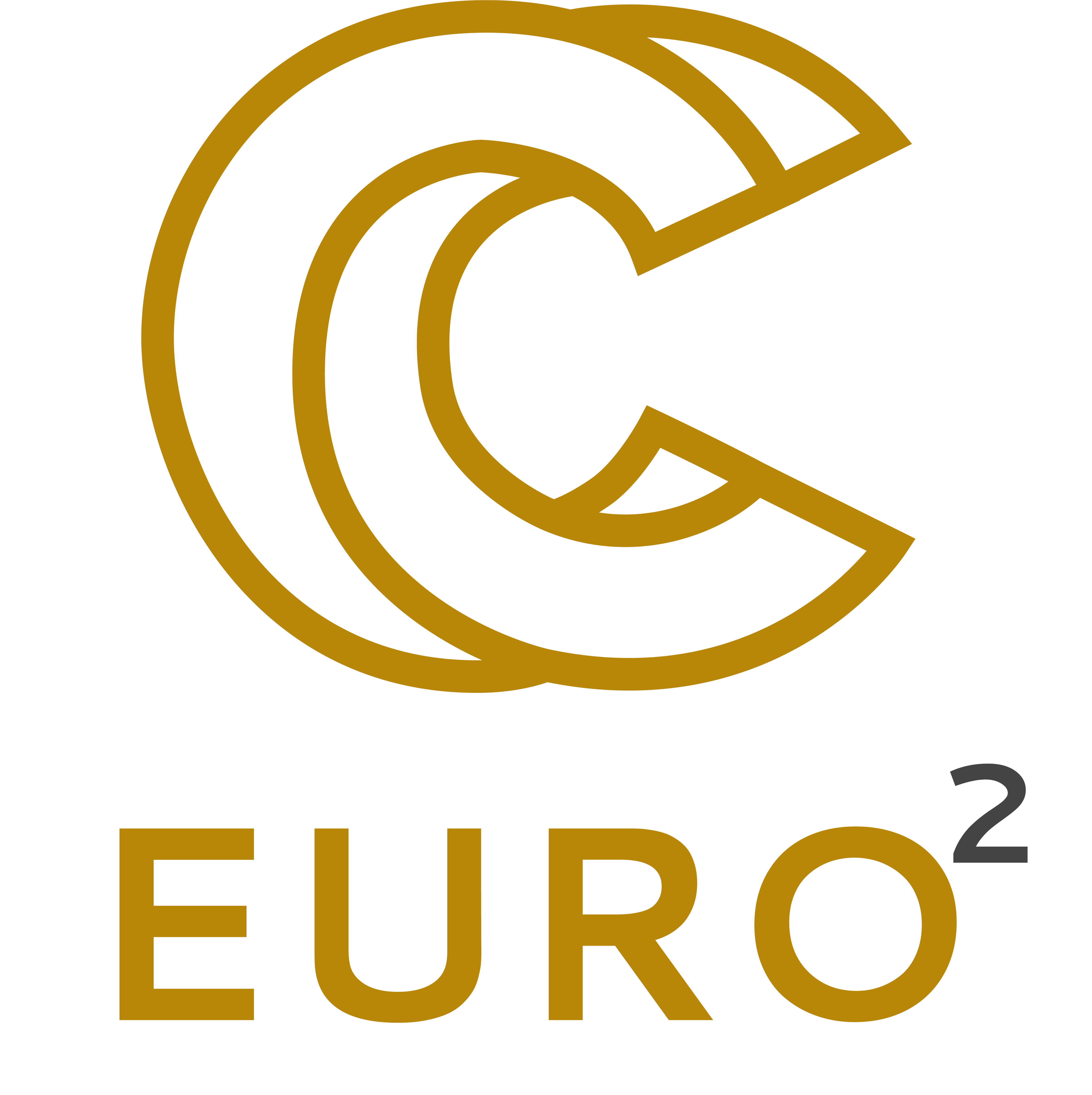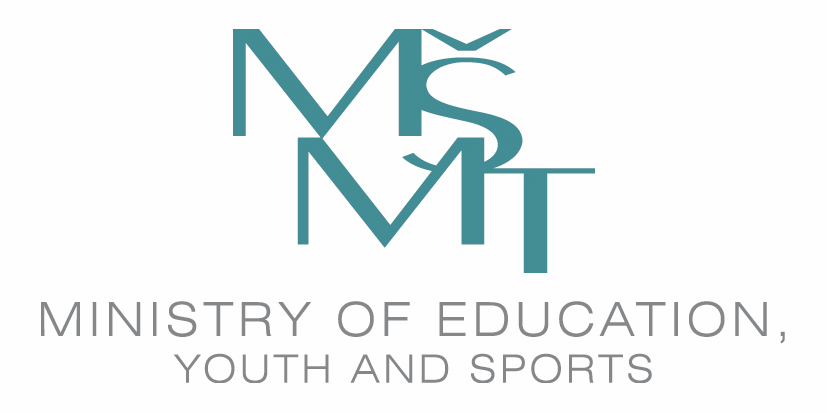The webinar is organised by the SPACE CoE and NCC Czechia.
Annotation
The talk is addressed to researchers working in the field of fluid dynamics as well as astrophysicists interested in structure formation in general. We will first present the main features of the RAMSES code, as well as its current scalability. We will then highlight the science that can be done with RAMSES using Tier0 resources. Last, we will discuss our work plan to improve the performance of the code.
Language
English
Level
Intermediate, advanced; the talk is intended for experts in HPC who do not necessarily have a domain-specific knowledge in cosmology and astrophysics.
Prerequisites
Some experience in HPC and fluid dynamics.
Technical requirements
Interested researchers can clone the Ramses repository on the public git repository https://bitbucket.org/rteyssie/ramses/src/master/.
Tutors
Benoît Commerçon and Joakim Rosdahl are researchers at Centre de Recherche Astrophysique de Lyon. They are experts in numerical simulations of structure formation in the Universe, from cosmology to planet formation. They also develop modules for radiative transfer, magnetohydrodynamics and cosmic ray propagation in the RAMSES code.
Acknowledgements


This work was supported by the SPACE project under grant agreement No 101093441. The project is supported by the European High-Performance Computing Joint Undertaking and its members (including top-up funding by the Ministry of Education of the Czech Republic ID: MC2304).
This project has received funding from the European High-Performance Computing Joint Undertaking (JU) under grant agreement No 101101903. The JU receives support from the Digital Europe Programme and Germany, Bulgaria, Austria, Croatia, Cyprus, Czech Republic, Denmark, Estonia, Finland, Greece, Hungary, Ireland, Italy, Lithuania, Latvia, Poland, Portugal, Romania, Slovenia, Spain, Sweden, France, Netherlands, Belgium, Luxembourg, Slovakia, Norway, Türkiye, Republic of North Macedonia, Iceland, Montenegro, Serbia. This project has received funding from the Ministry of Education, Youth and Sports of the Czech Republic.


This course was supported by the Ministry of Education, Youth and Sports of the Czech Republic through the e-INFRA CZ (ID:90254).
All presentations and educational materials of this course are provided under the Creative Commons Attribution-ShareAlike 4.0 International (CC BY-SA 4.0) license.
![[ONLINE] SPACE: The RAMSES code for structure formation in the Universe](/event/255/logo-2200681959.png)
